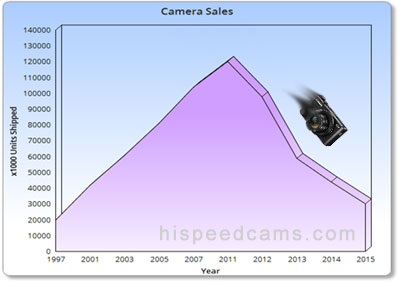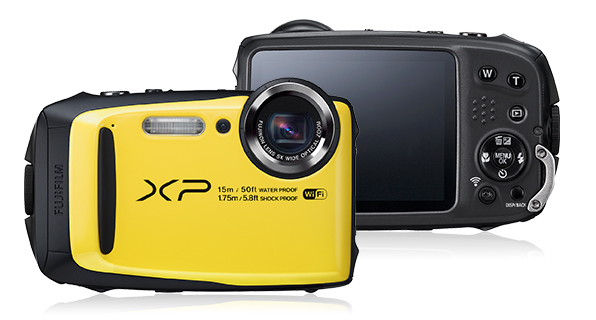In a new column written by Dann Gire of the Daily Herald, Slow Motion is questioned as a passing moment in film history where it is overused and loses power and effect over time. We agree that some movies rely so heavily in slow motion effects that it becomes a primary role in the movie. Movies such as Sherlock Holmes and 300 1&2 take it above the regular mundane level and truly makes art out of the technique.
We feel that with the democratization of slow motion devices in consumer pockets with phones and now professional high-speed cameras are dropping in value while improving performance. We expect the slow motion trend of screen time will not diminish but increase for years to come as gear is now flooding the market with high frame rates.






